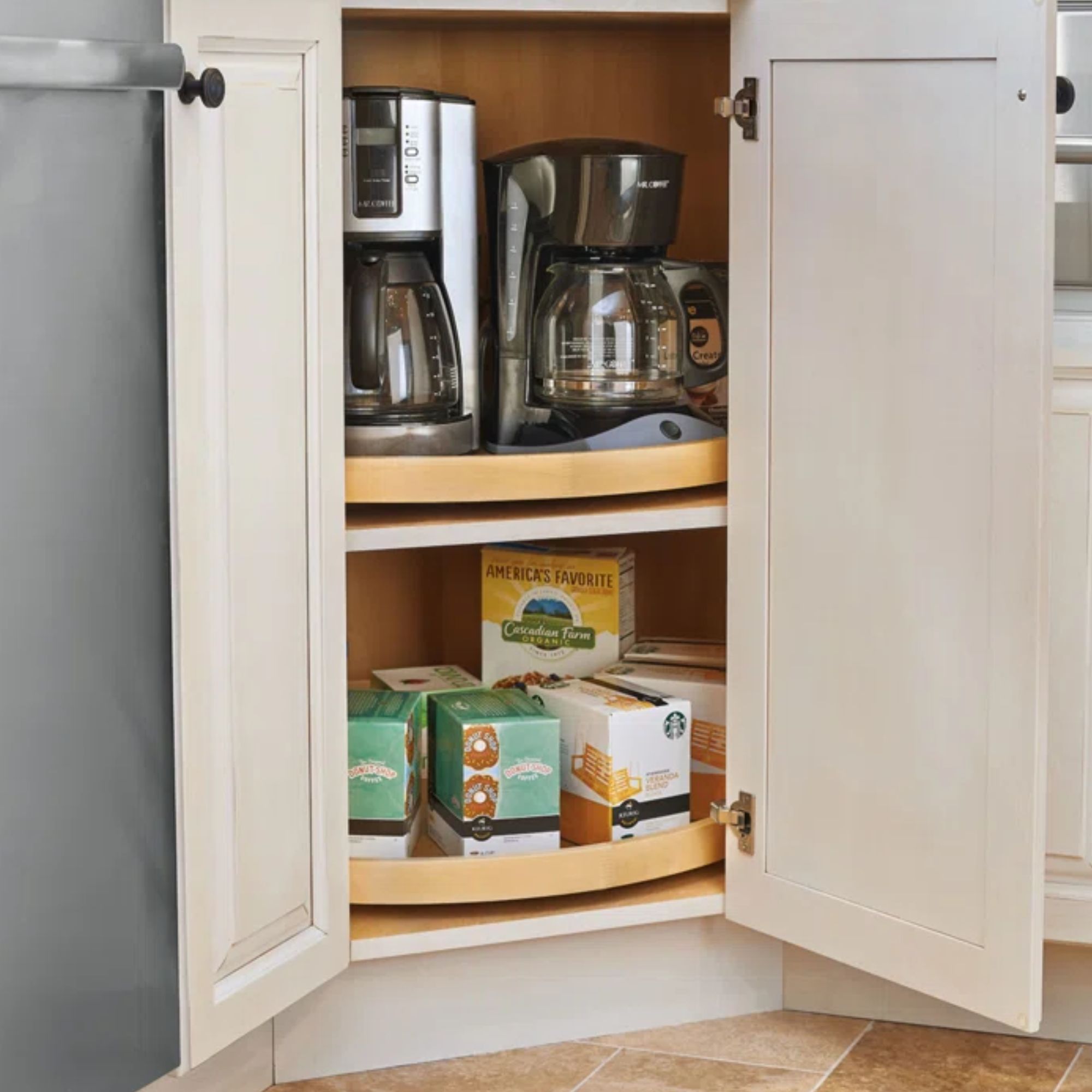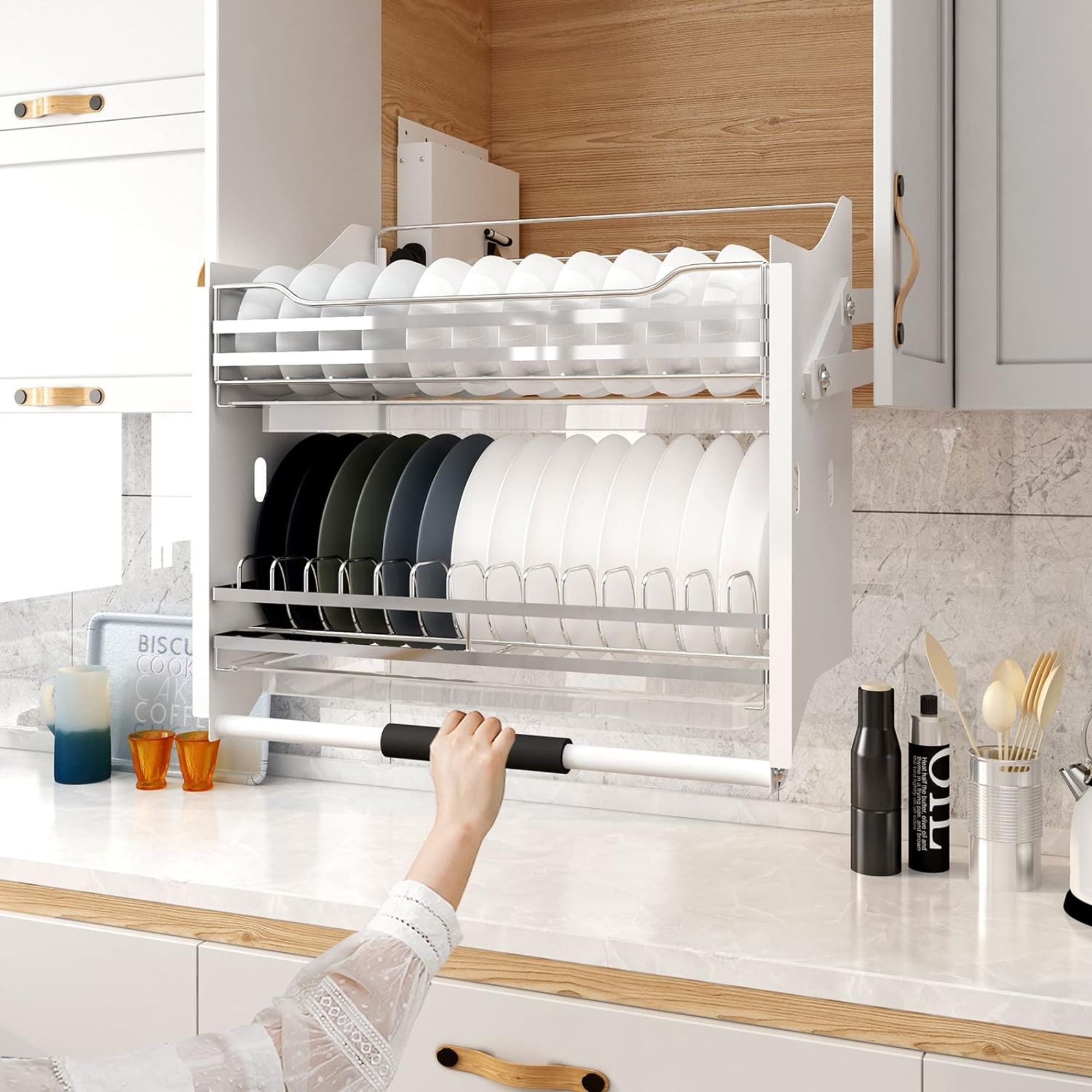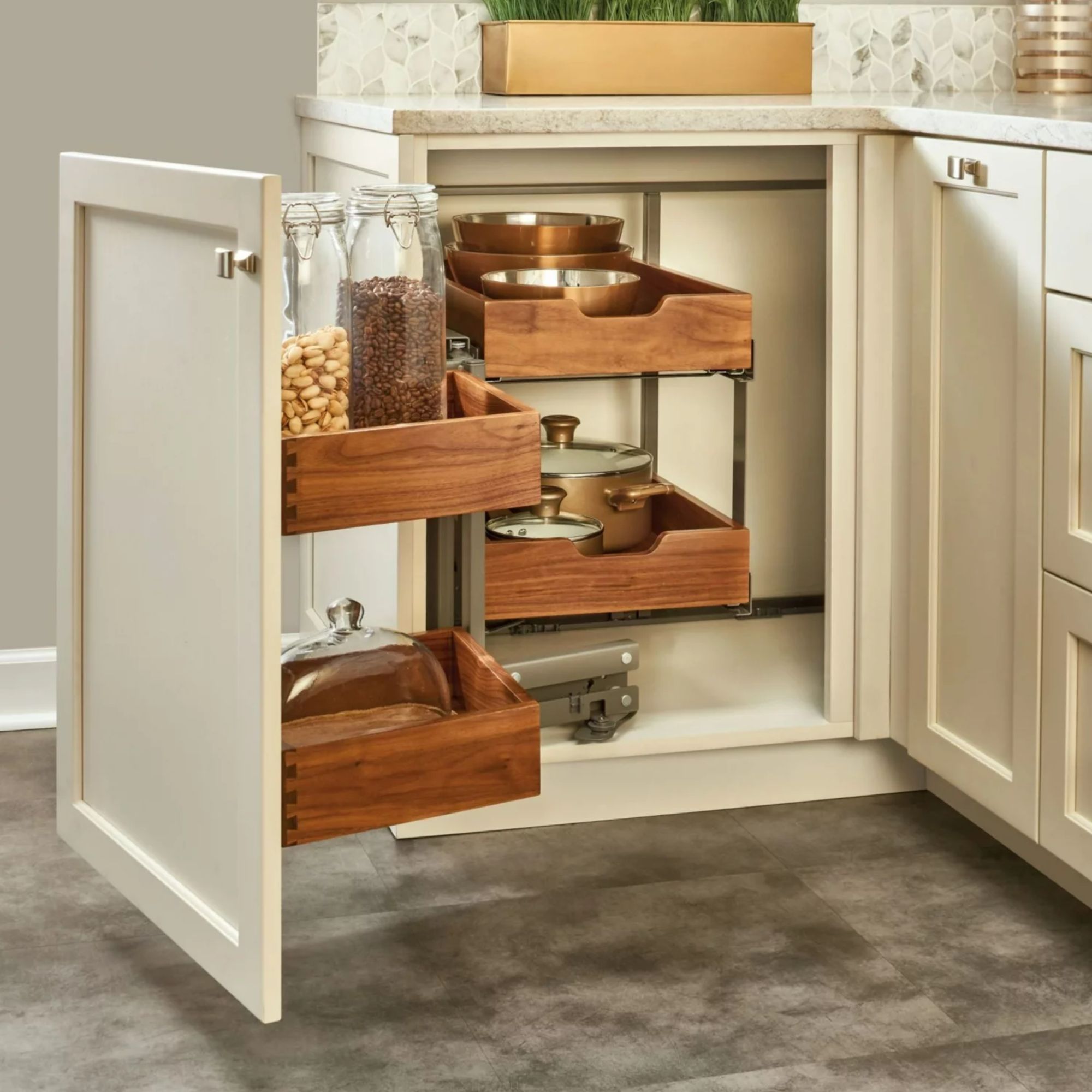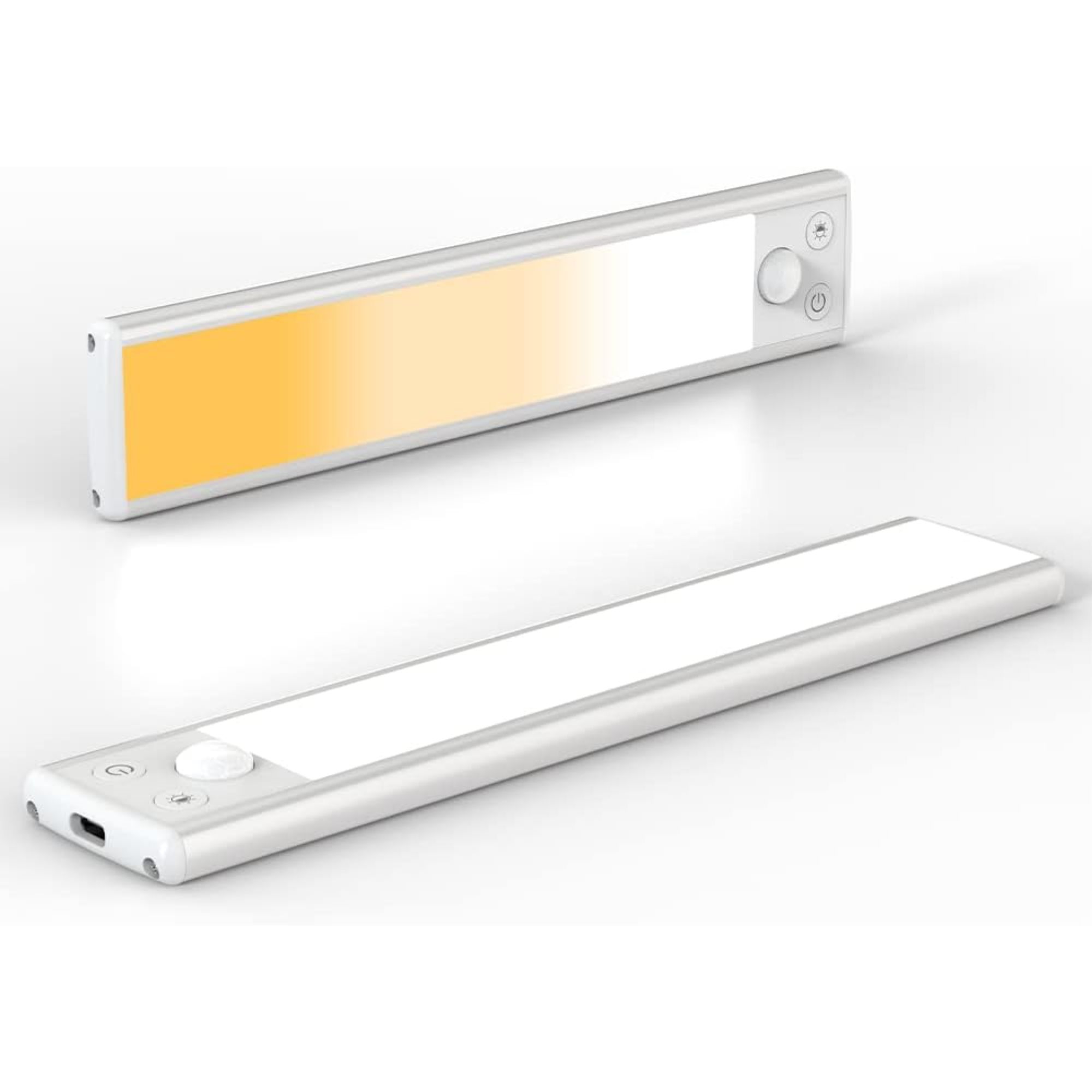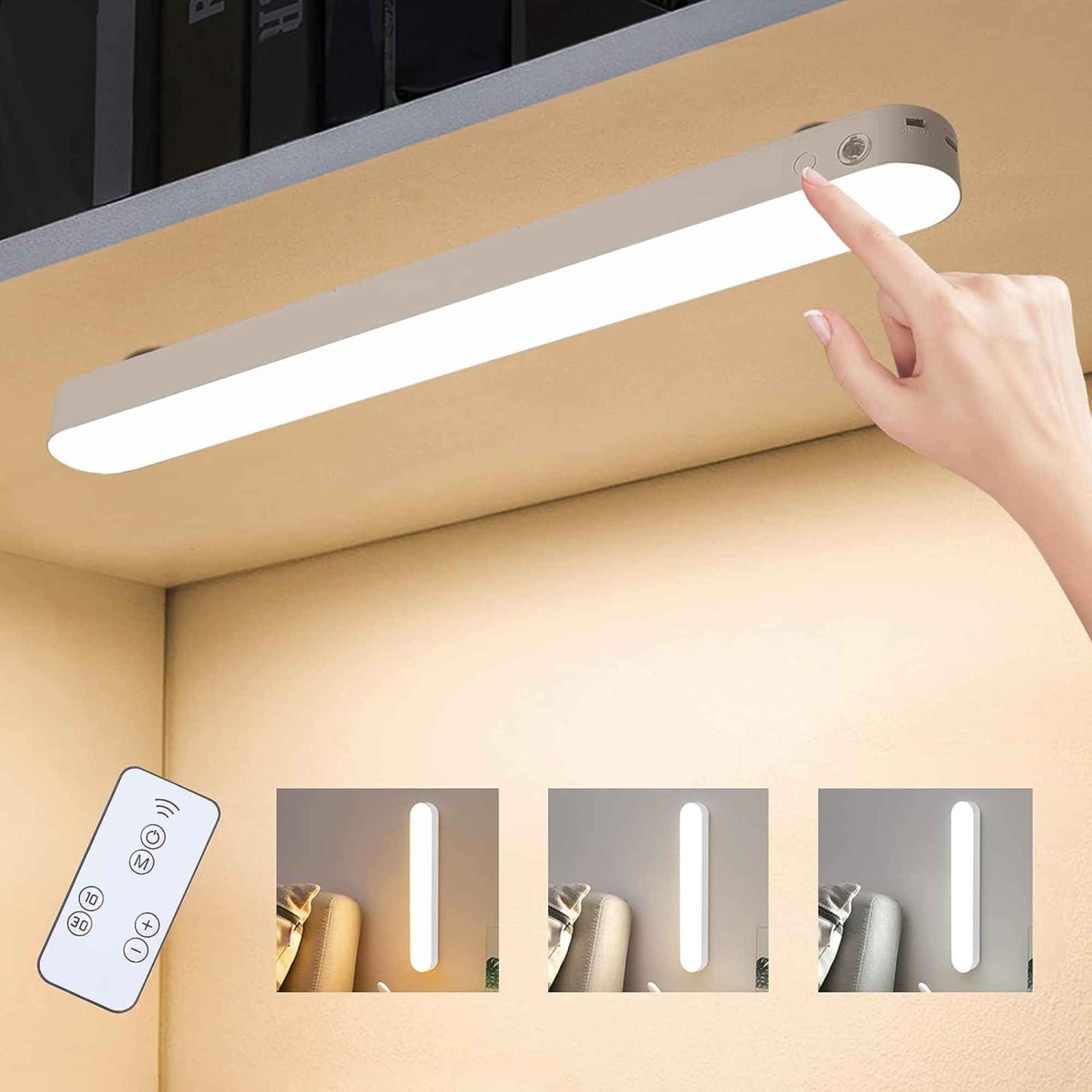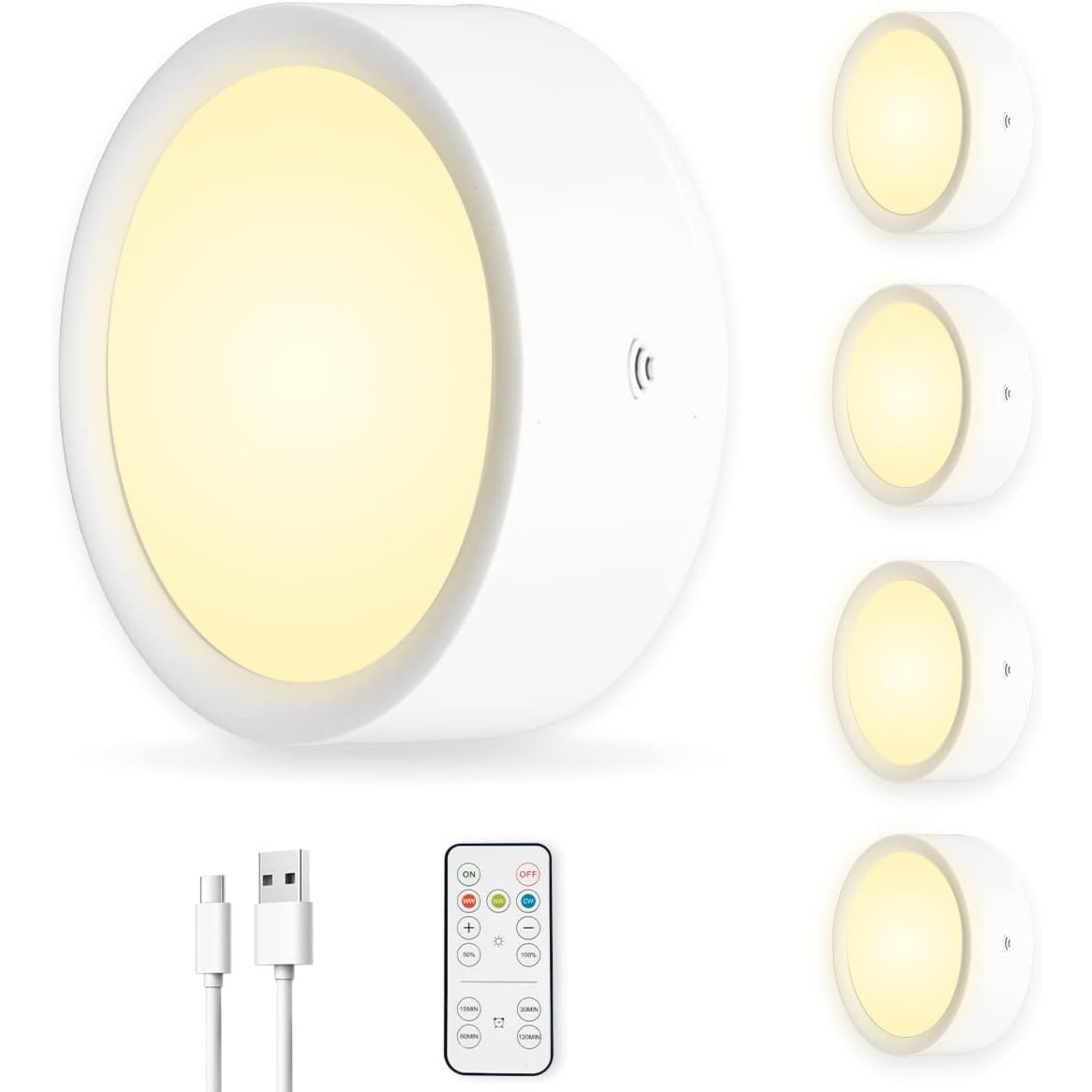How to make a kitchen more accessible without compromising on style
A kitchen that is functional and accessible not only makes your home more welcoming but also creates a space that appeals to everyone
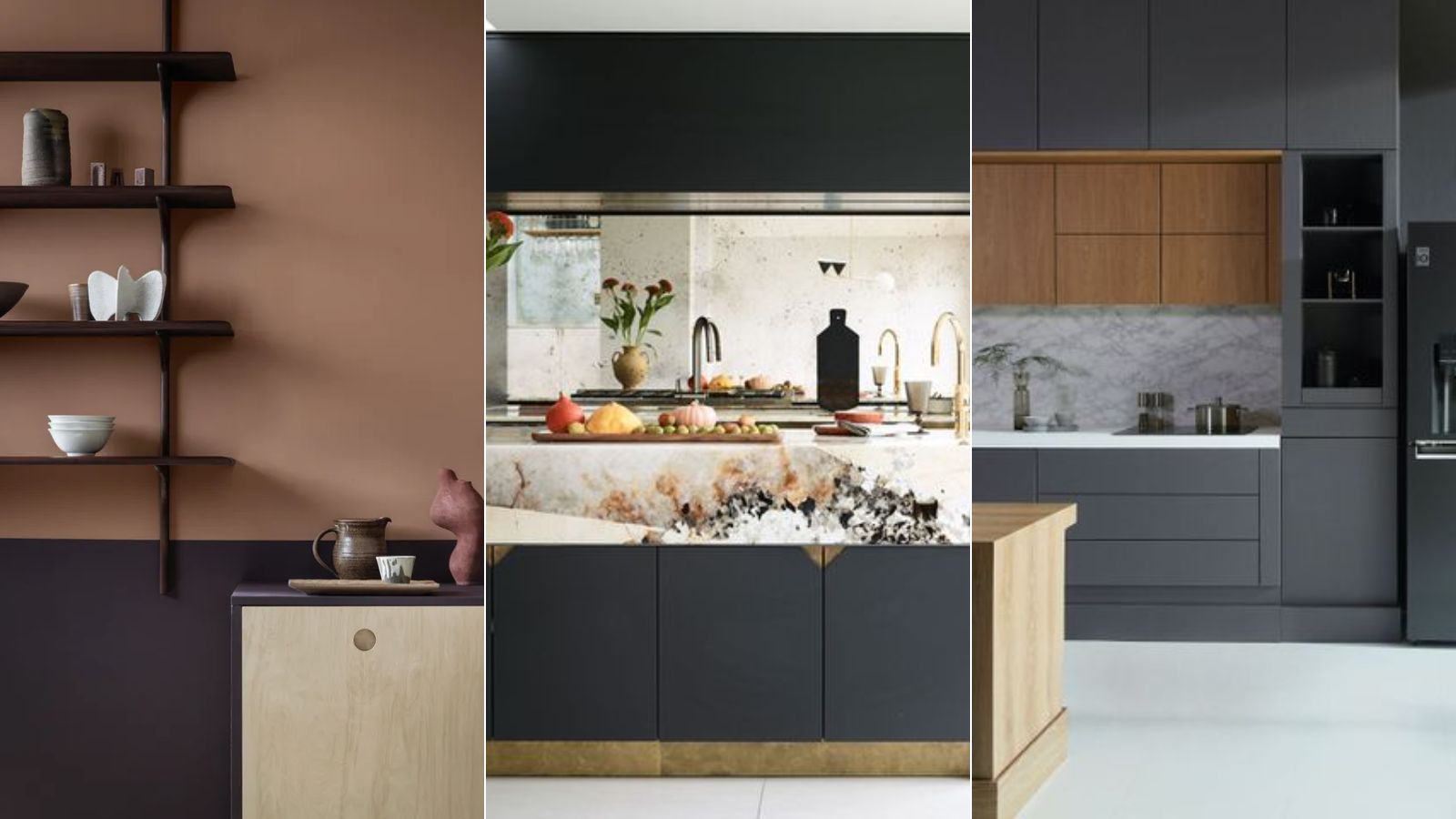

A well-planned kitchen makes a house feel like a home, and designing a kitchen with accessibility in mind will improve the quality of life of all its users.
There are a few strategies to enhance kitchen accessibility while maintaining a stylish aesthetic, including kitchen layout ideas, smart technologies, and storage ideas to improve accessibility.
From kitchen remodel ideas to organizational tips, no matter your interior design budget, you can make your kitchen a space that is easy to use for everyone.
How to make a kitchen more accessible
Whether you are upgrading your kitchen for specific needs, such as limited mobility or visual impairments, or making it universally accessible for all, consider implementing these seven expert ideas:
1. Choose easy to operate appliances

'In terms of kitchen appliances, opt for those with user-friendly features such as front controls, easy-to-read displays, and lever handles,' recommends Mike Qiu, Owner of Good As Sold Home Buyers.
Consider integrating automatic functions – such as sensor-operated appliances like taps or lights or those with touch controls instead of knobs or buttons – as these can be easier to use for those with limited dexterity.
Mike Qiu also recommends investing in smart technology that can be integrated into kitchen appliances to facilitate control through voice commands, apps or touchscreens.
Additionally, one aspect that is often overlooked is the height of the appliances. 'Consider the height and placement of appliances to ensure they are easily accessible for all users,' advises Robin Aebischer, interior designer and Co-Founder of BUYnBLUE.
'For example, a side-by-side refrigerator allows for easier access to both the fridge and freezer compartments compared to a top or bottom freezer model. Additionally, installing appliances like a wall oven at a lower height can be more accommodating for individuals who use wheelchairs or have trouble bending.'
2. Utilize cabinet additions and organization
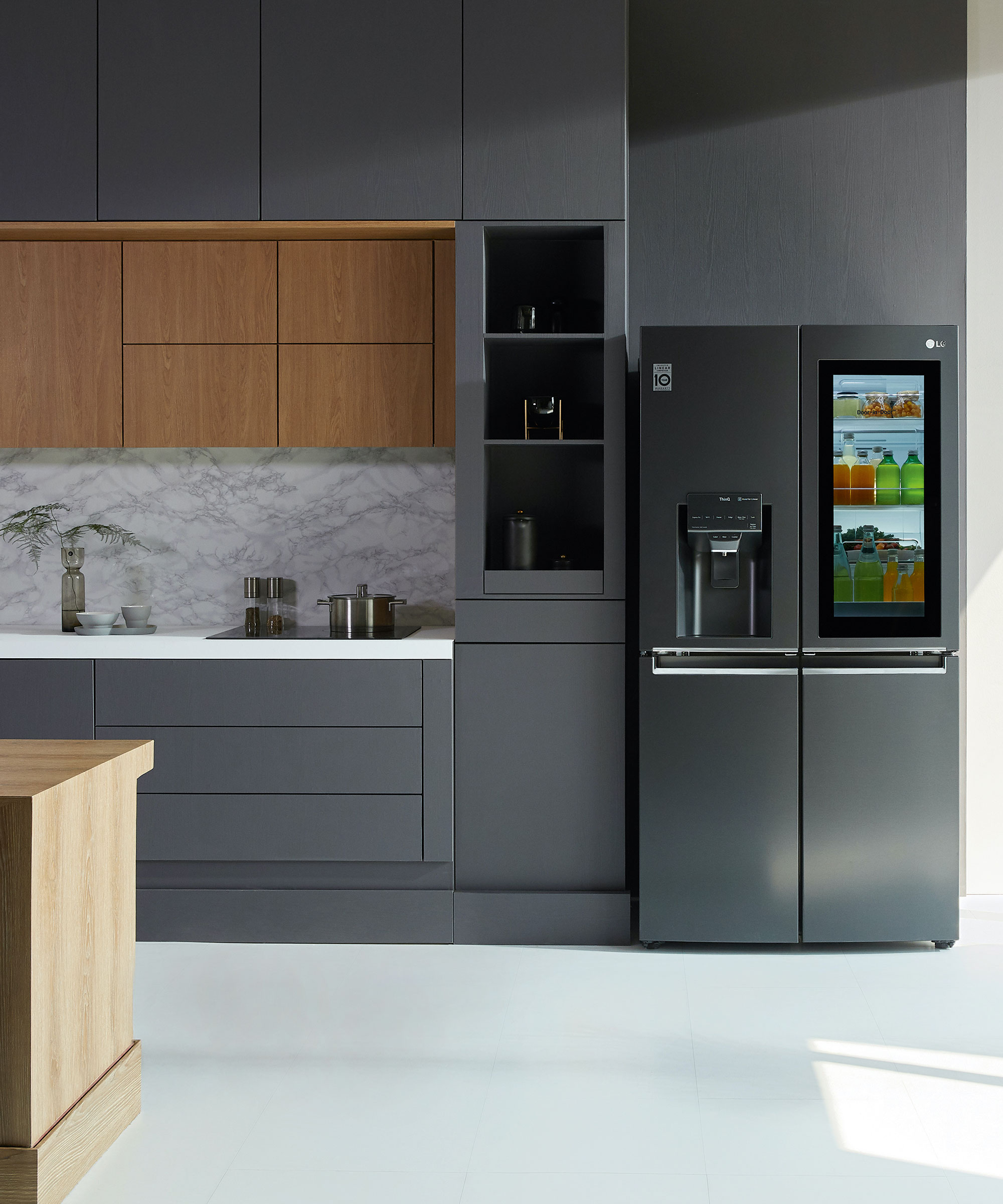
There are a few ways to make your kitchen cabinets more functional to improve accessibility. For one, utilizing lever handles that are easier to grip and operate can be particularly beneficial for individuals with limited hand strength or mobility. Alternatively, install push-to-open drawers.
Install kitchen cabinets with pull-out and pull-down shelves, drawers, lazy susans, and pull-out blind corner drawers to enhance accessibility for those who have difficulty bending down, reaching into the back of a shelf, or reaching up.
Appliance sliders – such as these bamboo sliders from Amazon – can make it easier to use appliances stored against a kitchen wall, as they allow anyone to bring heavy items forward with ease.
Brenda Scott, professional organizer and owner of Tidy My Space suggests moving everyday items closer and within reach: 'Storing plates and cups in deep base drawers with dividers works great if the kitchen has enough lower cabinets.'
Heavy items should be stored below the waist, and lightweight objects should be stored above the waist. This storage method will reduce the chance of dropping a heavy load from a height.
Reducing the number of heavy objects you own is another one of Brenda's recommendations: 'Cast iron pans may be great for frying but can be a hazard for anyone with grip and strength challenges. Replace heavy-to-use items with a lighter-weight version if this is the case.'
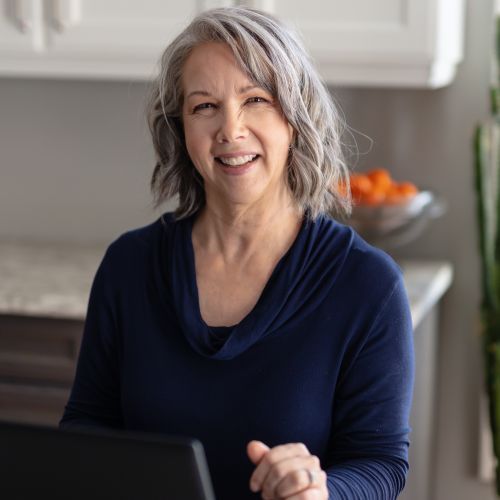
Brenda Scott is passionate about home organizing, decluttering, and creating a safe home. At Tidy My Space, she helps people to keep their homes tidy when life gets busy. Brenda shares useful tips and gives practical help with sorting and editing her clients' spaces, leading them to feel less stressed and bringing the luxury of time to be spent with family, friends, or on themselves.
3. Plan tactical lighting
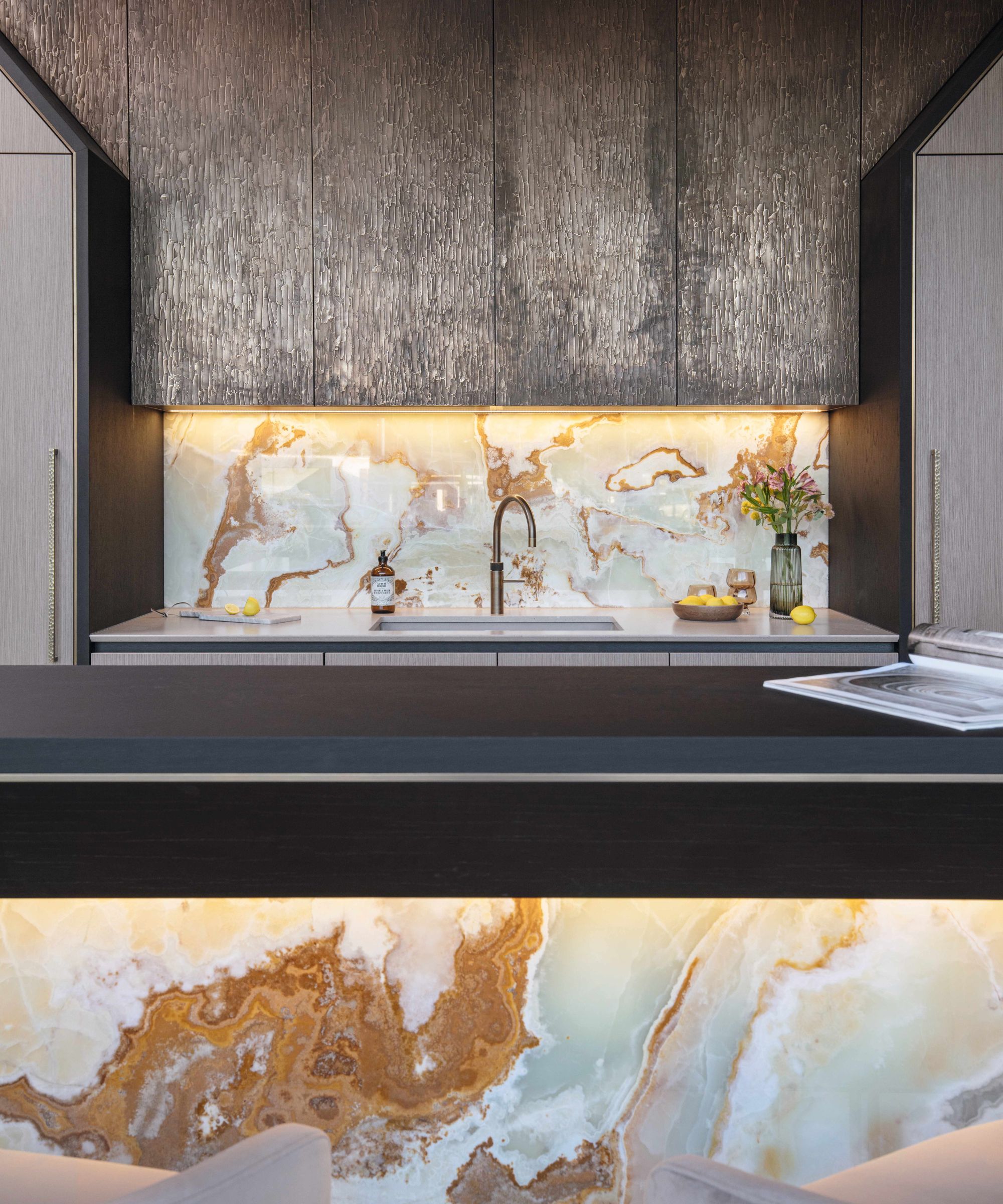
Adequate kitchen lighting is crucial for visibility and safety. Incorporate task lighting in key areas like prep, cooking zones, and even drawers and cabinets.
Adjustable lighting can be a great way for individuals with visual impairments to find the brightness and light color that is best for them according to the time of day or specific task they are doing.
You can also utilize motion sensors and tap lights in areas like cabinets to save energy and enhance visibility.
4. Contrasting colors
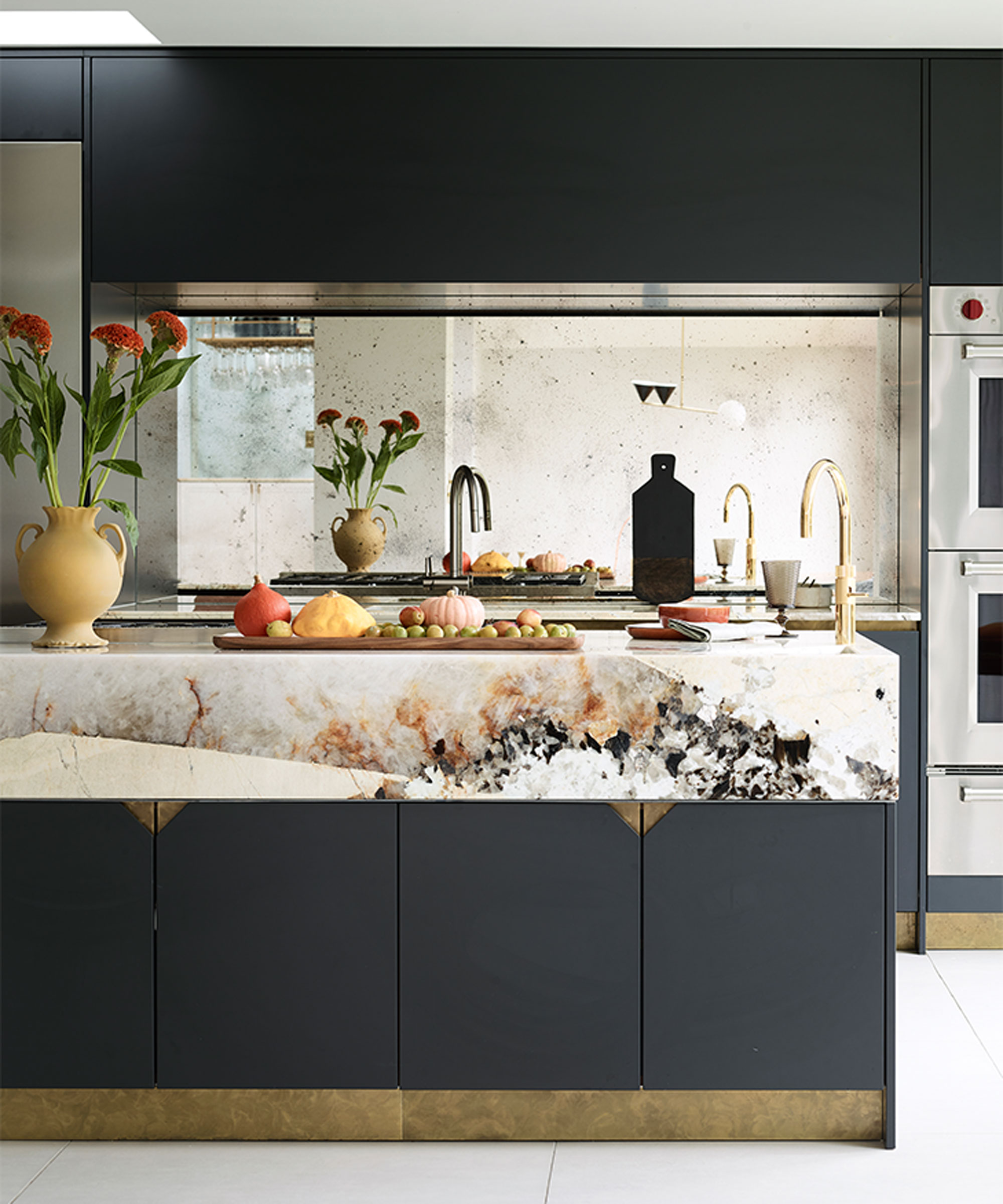
'Using contrasting colors in a kitchen is a great way to create visual definition between surfaces and edges to improve depth perception for those with low vision,' says Mazar Hussain, home expert and owner of Value Floors.
'For example, installing dark countertops against light-colored cabinets can help individuals with poor vision distinguish between surfaces more easily. We also recommend choosing different colors and textures for cabinet handles, drawer pulls, and other hardware to make them stand out.'
5. Layout and flow
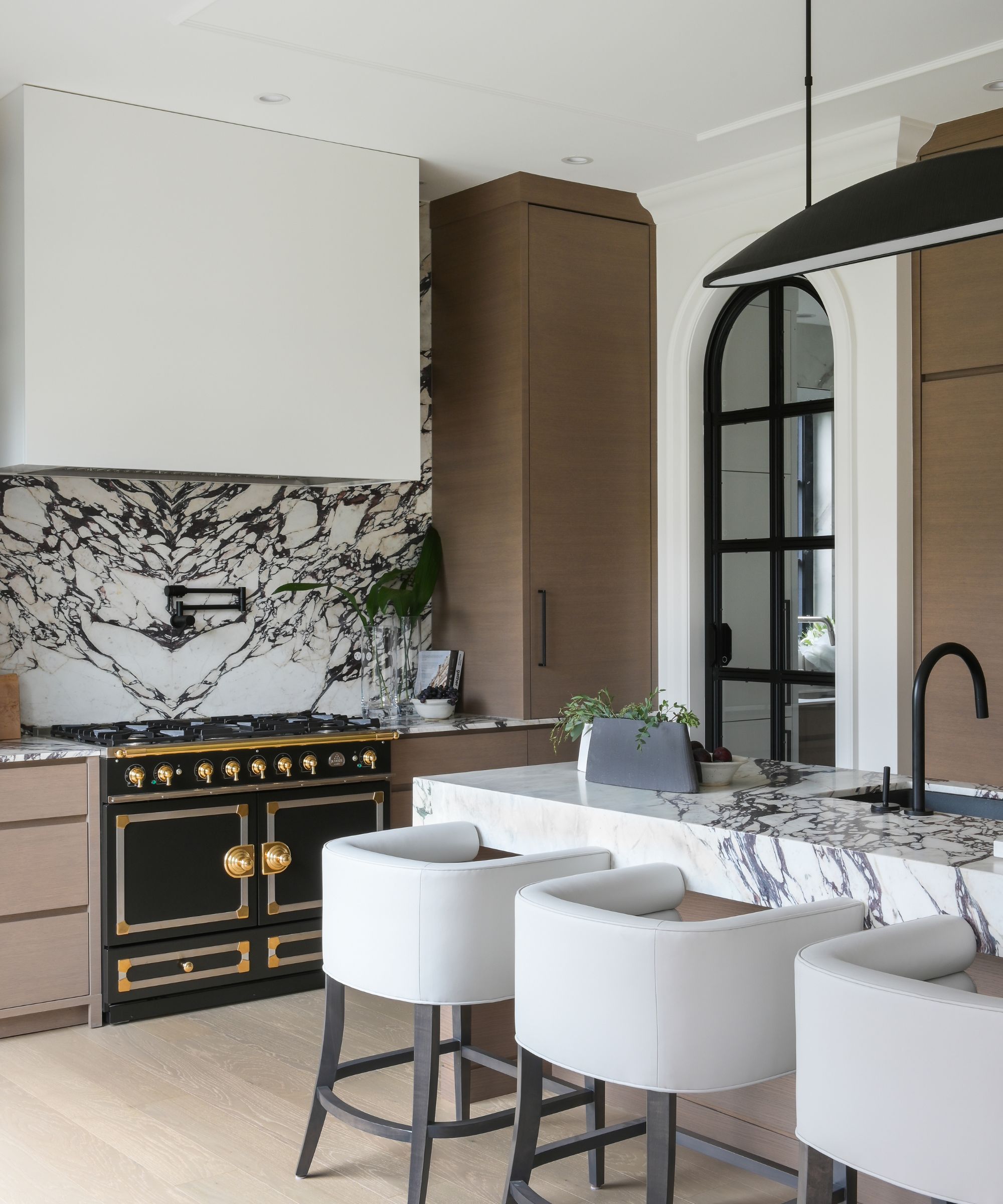
When designing your kitchen, think about creating an open layout that can improve the overall traffic flow in your kitchen, allowing for easy movement and accessibility.
'Consider implementing a universally designed layout that allows for easy maneuverability, ensuring enough space between counters and appliances for wheelchair users to navigate comfortably,' recommends Mike Qiu.
Avoid overcrowding the space with too many cabinets or appliances, which could make it difficult to maneuver. Instead, organize your kitchen cabinets to improve traffic flow and streamline access to kitchen essentials.
6. Implement multi-level workspaces
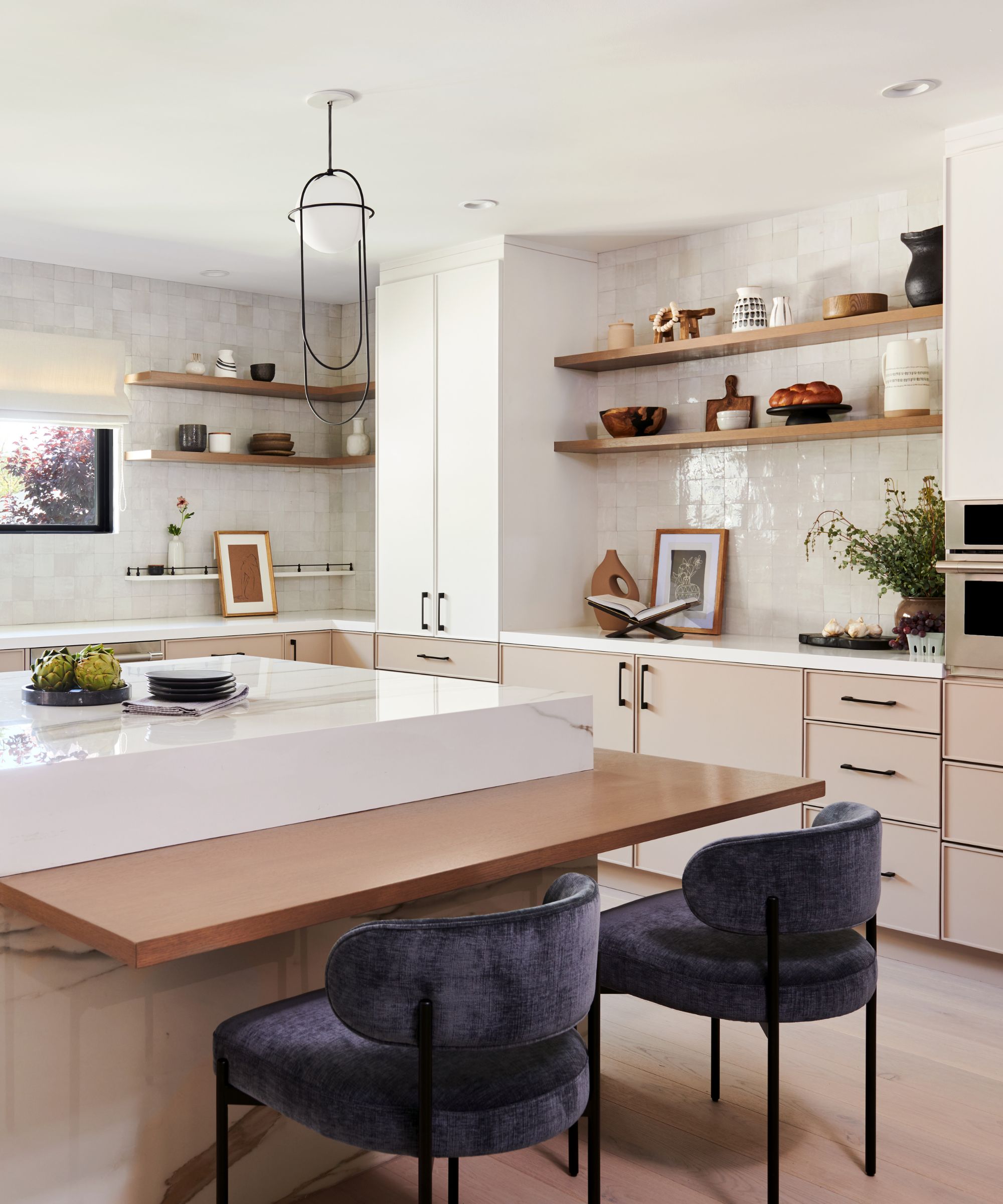
Multi-level workspaces can be a great way to accommodate users of different heights, ensuring convenient access to surfaces for cooking, eating, or kitchen prep.
These multi-levels could be integrated into your kitchen island or countertop designs or added separately, such as a portable kitchen island or pull-out table concealed in a drawer when not in use.
Consider choosing options with plenty of space beneath for a chair or wheelchair to make using this station comfortable.
7. Choose an accessible sink
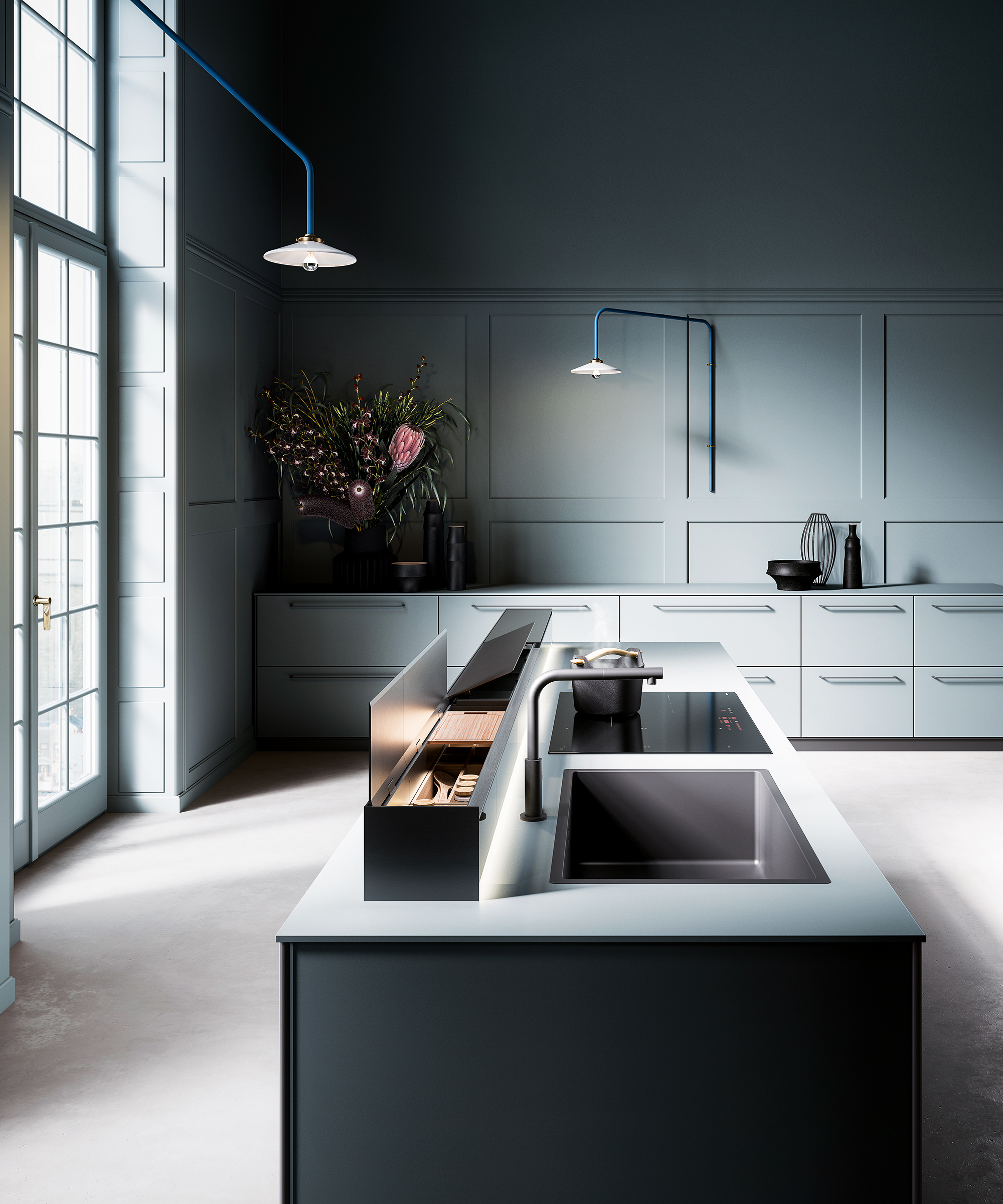
Monolith extractor unit; storage modules, Falmec
'Incorporating an accessible sink design will allow users to use this appliance comfortably when needed. Choose a sink with knee space underneath for wheelchair users,' advises Mazar Hussain. 'Also, consider a single-lever, touch, or sensor-operated faucet for easy use.'
Another great kitchen addition is a pot tap stationed above a hob or stove. This means you can fill a pot with water without having to carry it across from the sink, eliminating the need to carry this heavy object.
Finally, when choosing your kitchen flooring, opt for slip-resistant flooring to improve safety. Remember to think beyond specific needs and design a functional kitchen for everyone. This not only makes your space more welcoming but also creates a space that appeals to everyone.
Sign up to the Homes & Gardens newsletter
Design expertise in your inbox – from inspiring decorating ideas and beautiful celebrity homes to practical gardening advice and shopping round-ups.

Lola Houlton is a news writer for Homes & Gardens. She has been writing content for Future PLC for the past six years, in particular Homes & Gardens, Real Homes and GardeningEtc. She writes on a broad range of subjects, including practical household advice, recipe articles, and product reviews, working closely with experts in their fields to cover everything from heating to home organization through to house plants. Lola is a graduate, who completed her degree in Psychology at the University of Sussex. She has also spent some time working at the BBC.
-
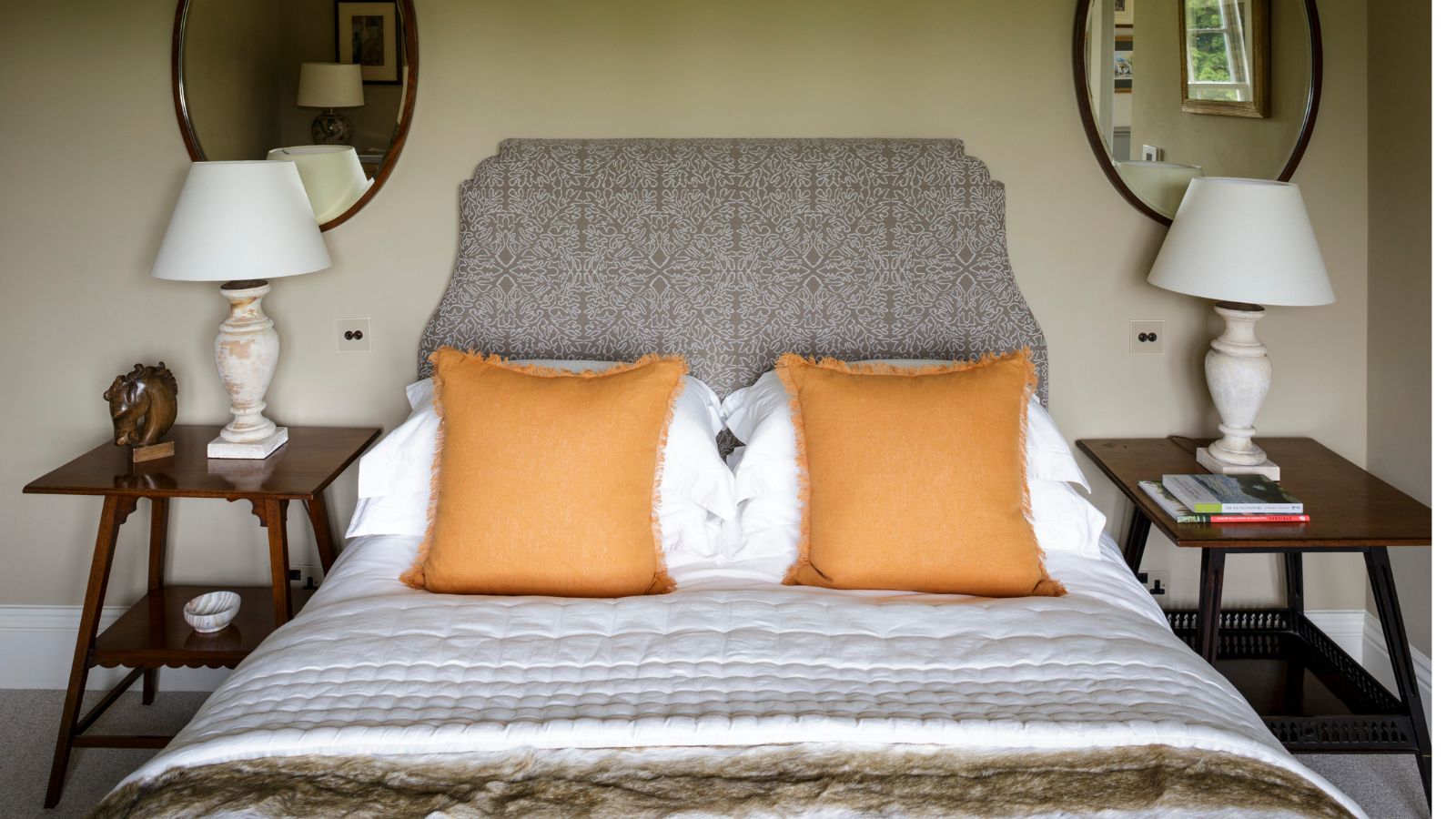 5 surprisingly practical ways to re-purpose old bed sheets for cleaning, decluttering and storage at home
5 surprisingly practical ways to re-purpose old bed sheets for cleaning, decluttering and storage at homeDon't ditch worn-out bedding – there's life in them yet
By Natasha Brinsmead
-
 How to grow a cactus from seed – 6 easy, expert-approved steps for succulent success this year
How to grow a cactus from seed – 6 easy, expert-approved steps for succulent success this yearIf you love succulents, why not learn how to grow a cactus from seed this year?
By Lola Houlton
